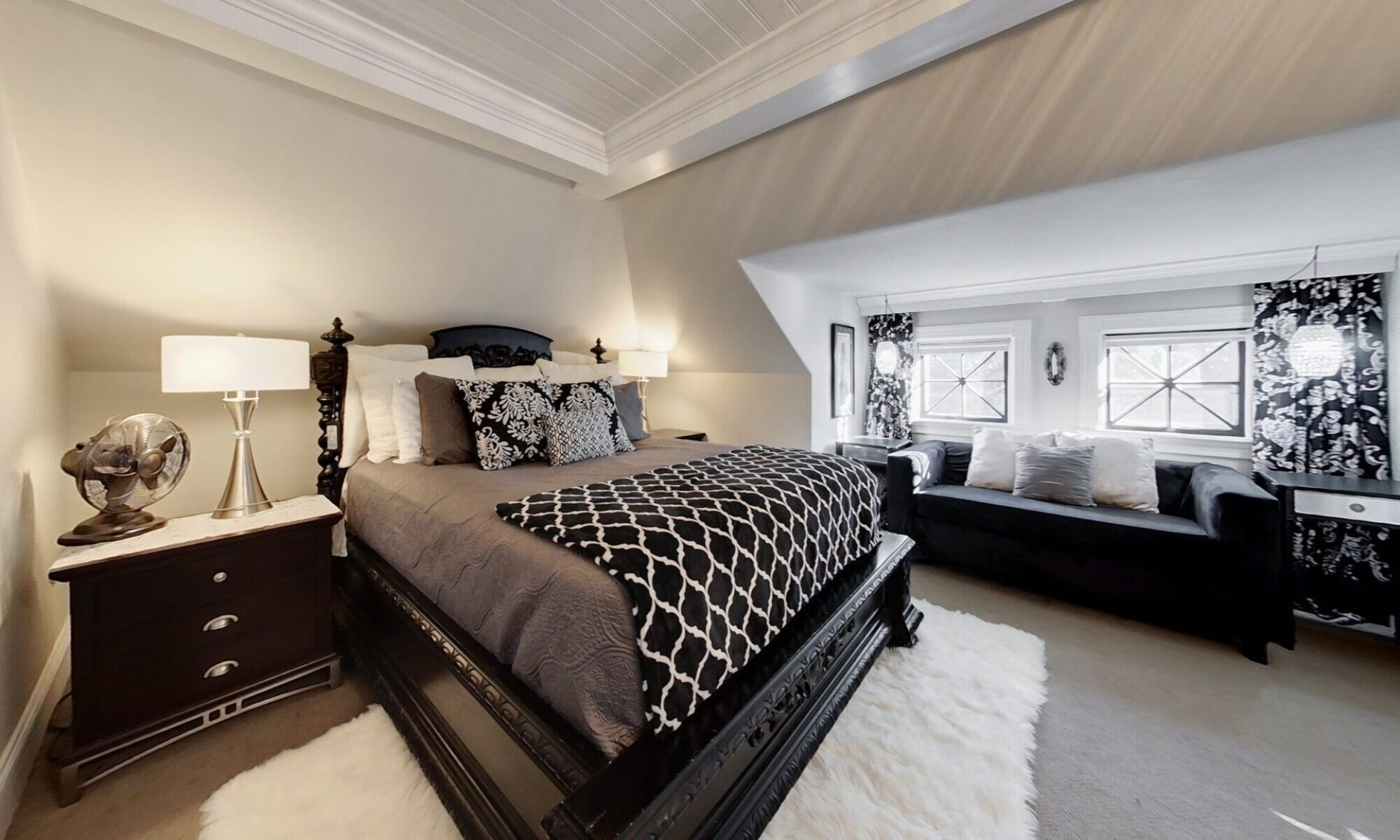Are you planning to sell your home soon? If so, you might want to consider home staging. Home staging is the process of preparing your home for sale by making it look more attractive, spacious, and inviting to potential buyers. Home staging can help you sell your home faster and for a higher price, as well as make it stand out from the competition.
But how do you stage your home effectively? What are the best practices and tips to follow? And what are the benefits of home staging? In this blog post, we will answer these questions and more. We will provide you with a comprehensive guide on how to stage your home for a quick and successful sale.
What is Home Staging?
Home staging is not the same as decorating. Decorating is about personal style, while staging is about appealing to the largest pool of buyers. Home staging is a form of visual merchandising that showcases your home’s best features and hides its flaws. It also creates a mood and a lifestyle that buyers can relate to and aspire to.
Home staging involves decluttering, cleaning, repairing, rearranging, and sometimes adding or removing furniture and accessories. It also involves optimizing the lighting, color scheme, and layout of your home. Home staging can be done by yourself or by hiring a professional home stager.
Why is Home Staging Important?
Home staging is important because it can make a significant difference in how your home is perceived by buyers. According to a survey by the National Association of Realtors, 83% of buyers’ agents said that staging a home made it easier for buyers to visualize the property as their future home. Additionally, 40% of buyers were more willing to visit a staged home they saw online, and 28% of buyers were more likely to overlook other property faults if the home was staged.
Home staging can also help you sell your home faster and for a higher price. According to the same survey, 22% of sellers’ agents reported an increase of 1% to 5% in the dollar value offered by buyers for staged homes, and 17% reported an increase of 6% to 10%. Furthermore, 53% of sellers’ agents said that staging a home reduced the time it spent on the market.
How to Stage Your Home Effectively?
Home staging can be done in different ways, depending on your budget, time, and goals. However, there are some general principles and tips that apply to any home staging project. Here are some of the most important ones:
- Declutter: The first and most essential step of home staging is to declutter your home. Clutter makes your home look smaller, messier, and less appealing. It also distracts buyers from seeing the potential of your home. Therefore, you should get rid of anything that you don’t need, use, or love. This includes personal items, such as photos, collections, and memorabilia, as well as excess furniture, clothes, books, and knick-knacks. You can donate, sell, or store these items elsewhere. The goal is to create as much open space and surface area as possible, and to make your home look neat and organized.
- Clean: The next step of home staging is to deep clean your home. A clean home shows that you care about your property and that it is well-maintained. It also makes your home more inviting and comfortable. You should clean every inch of your home, from the floors to the ceilings, and from the inside to the outside. Pay special attention to the kitchen and the bathrooms, as these are the areas that buyers scrutinize the most. You should also clean or replace your appliances, fixtures, carpets, curtains, and bedding, so that they look new and fresh. A clean home will also help you get rid of any unpleasant odors, which can be a major turn-off for buyers.
- Repair: The third step of home staging is to repair any damages or defects in your home. These can include cracks, holes, stains, leaks, squeaks, scratches, dents, chips, or peeling paint. You should fix anything that is broken, worn, or outdated, and make sure that everything works properly. You don’t have to do major renovations, unless they are necessary or add value to your home. However, you should address any minor issues that could affect the functionality, safety, or appearance of your home. By repairing your home, you will avoid giving buyers any reasons to lower their offer or walk away from the deal.
- Rearrange: The fourth step of home staging is to rearrange your furniture and accessories. The way you arrange your furniture can affect the flow, balance, and proportion of your rooms. It can also create focal points, highlight features, and define spaces. You should arrange your furniture in a way that makes your rooms look more spacious, comfortable, and functional. You should also remove any furniture that is too large, too small, or too mismatched for your rooms. You can either use your own furniture or rent or buy some new pieces that suit your home better. You should also accessorize your rooms with items that add color, texture, and personality, such as pillows, rugs, lamps, plants, and artwork. However, you should avoid overdoing it or using anything that is too personal or controversial. The goal is to create a balance between cozy and cluttered, and between neutral and bland.
- Optimize lighting: The fifth step of home staging is to optimize the lighting in your home. Lighting can affect the mood, atmosphere, and perception of your home. It can also showcase your home’s best features and hide its flaws. You should make sure that your home has enough natural and artificial lighting, and that it is bright, warm, and inviting. You should also adjust the lighting according to the time of day and the season. You should open the curtains and blinds, clean the windows, and trim the trees and bushes that block the light. You should also replace any burnt-out bulbs, update any outdated fixtures, and add more lamps or candles if needed. You should also use the right color and wattage of bulbs, and avoid any harsh or dim lighting. The goal is to create a soft and flattering glow in your home.
- Set the table: The sixth step of home staging is to set the table in your dining room and/or kitchen. This is a simple but effective way to make your home look more inviting and lived-in. It also helps buyers imagine themselves having meals and entertaining guests in your home. You should set the table with plates, glasses, cutlery, napkins, and a centerpiece, such as a vase of flowers, a bowl of fruit, or a candle. You should also add some chairs and cushions to make the seating more comfortable and inviting. You should also make sure that the table is clean and clear of any clutter or stains. The goal is to create a cozy and elegant dining experience in your home.
- Add attractive touches: The seventh and final step of home staging is to add some attractive touches to your home. These are the details that can make your home more memorable and appealing to buyers. They can also create a positive impression and a lasting impact. Some examples of attractive touches are:
- A welcome mat and a wreath on the front door
- A fresh coat of paint on the walls and the trim
- A new shower curtain and towels in the bathroom
- A basket of fresh towels and toiletries in the guest room
- A tray of coffee and cookies on the kitchen counter
- A bowl of lemons or limes on the kitchen sink
- A stack of books and magazines on the coffee table
- A throw blanket and pillows on the sofa
- A bottle of wine and glasses on the bar cart
- A diffuser or a spray of a pleasant scent in the air
The goal is to add some charm and personality to your home, and to make it feel more warm and welcoming.
Conclusion
Home staging is a powerful and proven technique to sell your home faster and for a higher price. It can also make your home stand out from the competition and attract more buyers. By following the steps and tips outlined in this guide, you can stage your home effectively and successfully. You can also hire a professional home stager if you need more help or guidance. Either way, home staging is a worthwhile investment that can pay off in the long run.
We hope you found this blog post helpful and informative. If you have any questions or comments, please feel free to leave them below. And if you are looking for more home staging tips and ideas, please check out our other blog posts and resources.
Thank you for reading and happy home staging!


